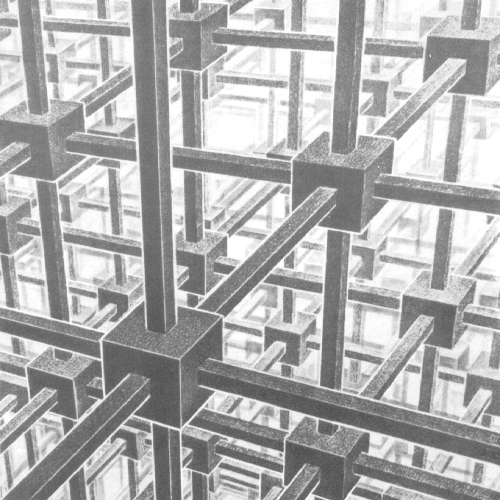Instructor:
Professor Andrej Cherkaev
Department of Mathematics
Office: JWB 225
Email: cherk@math.utah.edu
Tel : +1 801 - 581 6822

MATH 5740/MATH 6870 001
MATH MODELING
MWF 09:40 AM-10:30 AM JWB 208
Three credit hours
Instructor: Professor Andrej Cherkaev Department of Mathematics Office: JWB 225 Email: cherk@math.utah.edu Tel : +1 801 - 581 6822 |
 |
Compute the force in the rope and the normal force.
Design a Cleat hitch which has a constant normal force everywhere under the rope.